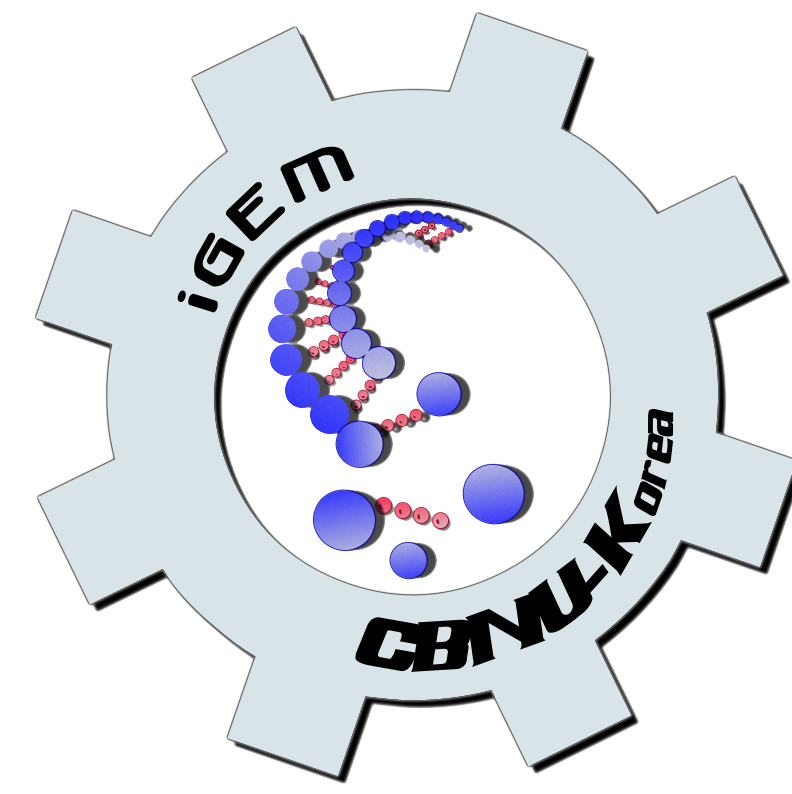Team:DTU Denmark/Team
From 2009.igem.org
| You can write a background of your team here. Give us a background of your team, the members, etc. Or tell us more about something of your choosing. | |
|
Tell us more about your project. Give us background. Use this is the abstract of your project. Be descriptive but concise (1-2 paragraphs) | |
| Team Example 2 |
| Home | The Team | The Project | Parts Submitted to the Registry | Modeling | Notebook |
|---|
(Or you can choose different headings. But you must have a team page, a project page, and a notebook page.)
Who we are
|
Advisors:
Students:
|
|
What we did
The aim of this project is to model and construct a molecular NAD+/NADH ratio sensing system in Saccharomyces cerevisiae by using a synthetic biology approach. The sensor will work as an inducible transcription factor, being active only at certain levels of the NAD+/NADH ratios. By coupling the sensor to the expression of a reporter gene, the system can be used for monitoring the NAD+/NADH redox poise in vivo. This will be beneficial for research in many areas including productivity optimization and cancer research. Furthermore, the sensor will be coupled to the biosynthesis of a gene-product (e.g. insulin), in an attempt to improve and prolong chemostat fermentation processes by producing in small bursts, thereby limiting cell stress.
Where we're from
We are a team of engineering student from the Technical University of Denmark, located in Lyngby north of the nations capitol, Copenhagen.
 "
"


